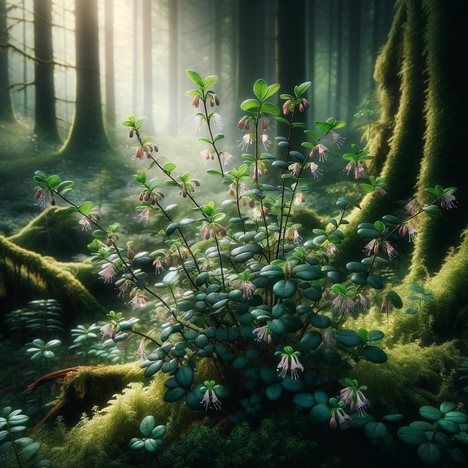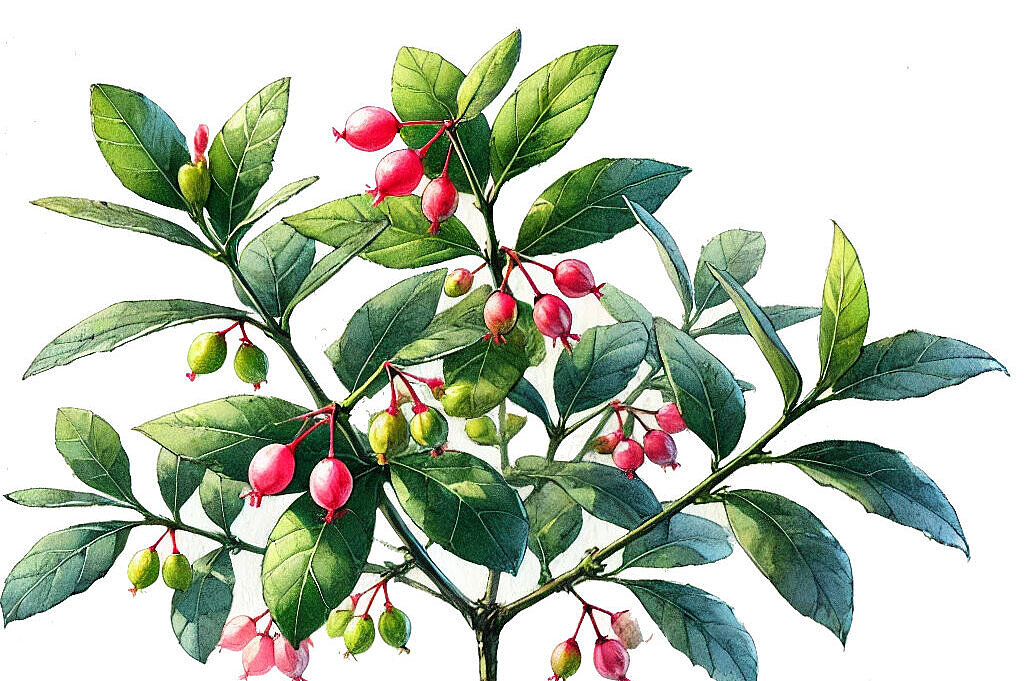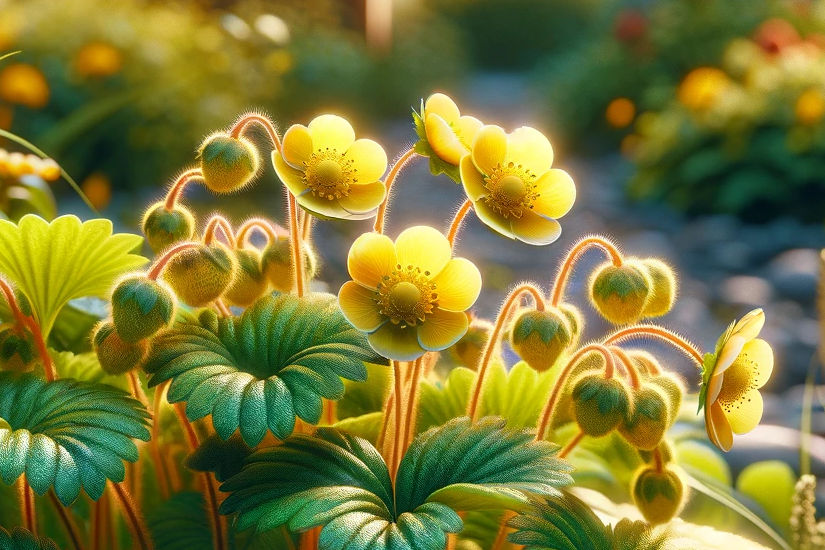Evergreen creeping honeysuckle

What is the evergreen creeping honeysuckle?
The evergreen creeping honeysuckle(Lonicera pileata) belongs to the honeysuckle family(Caprifoliaceae) and is a low-growing, ground-covering plant. It is characterized by its small, lanceolate leaves, which remain green all year round, and yellowish-white flowers that appear in spring and exude a subtle fragrance. In the fall, the plant bears black berries. Originally from China, it has established itself as an ornamental plant in temperate climates worldwide.
Advantages for the dog garden
Attractive and safe ground cover
The dense foliage cover of the evergreen creeping honeysuckle can help to keep the soil stable and prevent erosion, which is particularly beneficial in gardens with slopes or in high-traffic dog play areas. It also provides a pleasant area for dogs to rest and play.
Low maintenance
The low maintenance of this plant is another plus point. It requires little water, can cope with different types of soil and rarely needs to be cut back. This allows dog owners to spend more time with their four-legged friends instead of investing a lot of time in gardening.
Disadvantages and potential dangers
Toxicity risk
While evergreen creeping dogwood offers many benefits, it's important to note that the plant's berries are toxic to dogs (and humans). Ingestion can lead to symptoms such as vomiting, diarrhea and lethargy. Dog owners should make sure that their dogs do not nibble on the berries.
Allergic potential
Although less common, some dogs can develop allergic reactions to plants. The evergreen creeping honeysuckle is no exception. Symptoms may include skin irritation, itching or difficulty breathing. Monitoring your dog's reaction to new plants in the garden is advisable.
Important safety tips
- Monitoring: Watch your dog carefully when introducing new plants such as Evergreen Creeping Dogwood to your garden.
- Education: Train your dog not to eat plants. This can minimize the risk of accidental poisoning.
- Inform yourself: Know the symptoms of plant poisoning so that you can act quickly in an emergency.
The evergreen creeping honeysuckle offers an attractive, low-maintenance addition to gardens where dogs live. Its benefits, such as stable ground cover and low maintenance, make it a popular choice among garden owners. However, caution is advised due to the toxicity of their berries and the potential allergic risk. With proper safety measures and careful monitoring, dog owners can enjoy the beauty of evergreen creeping dogwood while maintaining a safe environment for their furry friends.
If you notice any signs of hypersensitivity or poisoning in your dog, you should see your vet immediately. We are not a substitute for a vet, but we try to be as accurate as possible. Every dog reacts differently and we recommend you get a second opinion or consult your vet if in doubt.
Stay healthy and take good care of your four-legged friend!😊
Similar to Evergreen creeping honeysuckle
Japanese ysander, Pachysandra terminalis, is an evergreen, ground-covering perennial originally from Japan and China. This plant is characterized by its ability to form dense carpets that cover the...
Spindle bushes belong to the spindle tree family (Celastraceae) and include a large number of species and varieties that are found all over the world. They are characterized by their versatile...
The small periwinkle(Vinca minor) is an evergreen perennial that belongs to the dogbane family(Apocynaceae). It is characterized by its ability to grow quickly and cover the ground with a dense...
The golden strawberry, or physalis, belongs to the nightshade family and includes various species, some of which are edible, such as Physalis peruviana (cape gooseberry) and Physalis philadelphica...



